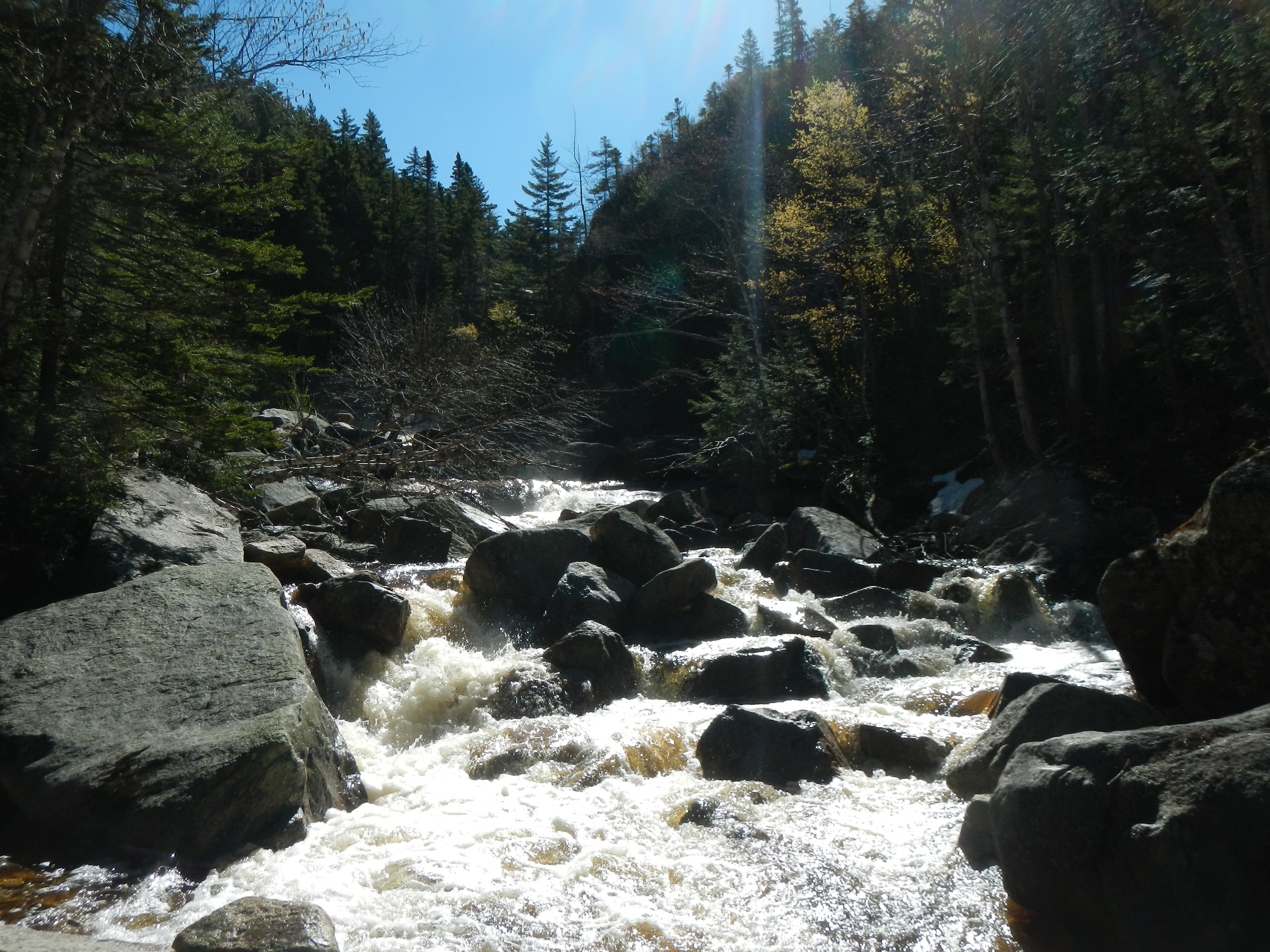
Three weeks ago, all adults in my school district — teachers, staff, and parents — received an email from our director of guidance:
“I want to inform you of a trending Netflix series called “13 Reasons Why” [which] revolves around 17-year-old Hannah Baker, who kills herself and leaves behind audio recordings for 13 people she says were in some way part of why she killed herself.”
The email, which was three pages long, described the show’s controversies:
“The show has been highly watched by young people and has received lots of media attention. Because the show takes up issues related to suicide and sexual assault, there have been strong (and strongly mixed) reactions from many viewers along with several professional and advocacy groups.”
“If you have experienced significant depression, anxiety or suicidal thoughts or behaviors in the past, this show may be risky for you to watch.”
Nor was ours the only worried school district. This same kind of letter has been sent out this spring by principals and guidance counselors across the U.S.
In other words, “13 Reasons Why” is something rare nowadays: a show for teens that still has the capacity to scare the hell out of their parents and teachers.
Naturally I was curious what my juniors and seniors in Media Literacy class thought of the show. So the day after the email went out to their parents, I asked them if they’d seen it.
“Oh, my God! Can we talk about it?”
“We should do a unit on it!”
“Just binge watch it, Alden! I watched all 13 episodes in one night.”
I asked them if they thought the show glorified suicide, as some critics have claimed.
“Nooo!
“No, it doesn’t! But it’s SO realistic!”
“That’s so wrong!”
 Any good teacher knows that outrage, or at least passion, is a great place to begin real learning. So I asked the students, “How can we study these themes in class?”
Any good teacher knows that outrage, or at least passion, is a great place to begin real learning. So I asked the students, “How can we study these themes in class?”
A bright student raised her hand.
“‘13 Reasons Why’ is really about mental illness. But — they don’t show it very well.”
“Maybe we could study how mental illness is shown in the media?”
With that, I scrapped my plans for the next two weeks and sat down that evening to watch Episode 1 of “13 Reasons Why.” My wife, who’d read Jay Asher’s 2007 young adult novel on which the show is based, was game too. I wasn’t expecting much, but what I found was even more excruciating than I expected. Part of it was that I’m a teacher; shows about teenagers committing suicide are not exactly the way I like to wind down in the evening. I still go to bed sometimes worried that I’m going to get “the call” about one of my students wrapping his car around a tree on some Vermont country road after a few Budweisers. But it’s more than that. Forget a car crash; “13 Reasons Why” is like watching 13 car crashes. The first episode is hard to watch, the second is brutal; by the third you ask, “How many more of these are there?”; by the end, you wish you’d never looked.
***
Let’s face it: for most of us, high school is brutal. In conversations with other adults, I’m often struck by how many of us would rather simply forget those years, almost like a bad relationship we broke off the day we turned 18. For a few lucky souls, high school was a high point: popularity and romance came easily; awards were won and so were games. These people — and how we hated them! — were like the royalty. It’s no wonder schools crown homecoming kings and queens: there’s a rigid social caste with a clear hierarchy that most of us struggled to fit into. You feel like you’re under a microscope at all times; everyone’s watching your every move. You’re incredibly self-centered, yet live and die by what others think of you. You want very much to stand out, while also fitting in completely.
The best shows about high school capture this. My favorite, ABC’s TV drama from the late 80s / early 90s, “The Wonder Years,” was particularly good at reflecting how life felt at 15 years old: the way a small moment — a low grade on a test, the girl who you like looking right past you in the hall, or your mother saying hi to you during a fire drill (yes, dear lord, it happened on the show) — could feel like the absolute end of the world (or at least your life).
Unlike “The Wonder Years,” “13 Reasons Why” doesn’t take the small moments of cruelty and blow them way out proportion. Instead it has truly awful events happen, one after another, to the same character until she can take it no longer and neither can we. After the first episode, where a compromising photo of her is sent around the school, you start to flinch every time you hear the theme music at the start of a new episode, because you know that some fresh torture is awaiting this poor girl, Hannah Baker.
 Toward the end of the series, it starts getting ridiculous, as the writers start piling on more and more cruelties per episode, as if wanting to tamp out all doubt as to why Hannah killed herself. It wasn’t mental illness; it wasn’t some ambiguous haze of depression rooted in a troubled childhood. Hannah comes from a fairly stable home with two good parents; she’s played by a gorgeous actress and given the same hyper-intelligent dialogue (peppered with references like “Orwellian”) that is wholly unrealistic for a high school sophomore. It’s like the director is saying, “There’s only one reason why she did it: cruelty.” It’s a 13-part car crash, and it’s too much. On one implausible evening late in the series, poor Hannah has her own disastrous sexual encounter that causes her to reject the one boy she truly loves, witnesses a friend’s rape, gets into a car accident that causes another friend to abandon her, and — as if that weren’t enough — her accident directly leads to a classmate’s death in a separate car accident that evening. It’s madness. Teenagers will lap up this melodrama; I cringed.
Toward the end of the series, it starts getting ridiculous, as the writers start piling on more and more cruelties per episode, as if wanting to tamp out all doubt as to why Hannah killed herself. It wasn’t mental illness; it wasn’t some ambiguous haze of depression rooted in a troubled childhood. Hannah comes from a fairly stable home with two good parents; she’s played by a gorgeous actress and given the same hyper-intelligent dialogue (peppered with references like “Orwellian”) that is wholly unrealistic for a high school sophomore. It’s like the director is saying, “There’s only one reason why she did it: cruelty.” It’s a 13-part car crash, and it’s too much. On one implausible evening late in the series, poor Hannah has her own disastrous sexual encounter that causes her to reject the one boy she truly loves, witnesses a friend’s rape, gets into a car accident that causes another friend to abandon her, and — as if that weren’t enough — her accident directly leads to a classmate’s death in a separate car accident that evening. It’s madness. Teenagers will lap up this melodrama; I cringed.
The show’s premise is gimmicky, its plot is both repetitive, yet convoluted. The recently dead girl, Hannah Baker, tells the story in voice-over, and each episode is devoted to one person who is “responsible” for her suicide. For a few episodes, it’s fine. After 13, it’s monotonous. But at the same time, the plot is crowded with so many subplots that I was left scratching my head more than a few times. Each episode toggles between past and present, and the main tension in the present day scenes — that the popular kids who bullied Hannah don’t want their secrets to come out — feels forced. A good TV show should never allow us to see the machinery of its plot devices at work; “13 Reasons Why” is so clunky that I could never lose sight.
The show trades in almost anachronistic high school cliches: varsity jackets and cheerleader skirts, lonesome cafeteria tables, beer-soaked house parties, clueless parents and teachers, jock- and goddess-worship in the halls and the cafeteria. At its most basic, this is a classic high school bullying story in which the popular kids oppress the outcasts and justice must be done.
Then there are the two infamous scenes: a rape (another one) and the climactic suicide. Both are most horribly, most graphically filmed. Suicide is an event that, when shown to those who are already vulnerable, can inspire copycat suicides. The cinematic realism of this scene is a large part of why the show has mental health and school officials up in arms.
And though my students argue otherwise, “13 Reasons Why” really does glorify suicide, for two reasons: first, it presents the illusion that a dead girl can enact revenge and control things from beyond the grave. This is a romantic notion, but an incredibly false one; when you’re dead, you’re dead. There’s no controlling anybody — and certainly no savoring it. Second, the show presents the related illusion that the cute, sensitive boy you always liked will take up your cause and avenge your death by holding your tormentors to account. This too is a dangerously misguided notion.
Then there’s the scene that makes high school guidance counselors want to hurl their TVs out the window. In the final episode, Hannah reveals her rape and all but reveals her plans for suicide to her guidance counselor. He informs her that because she isn’t sure of all the details, there’s nothing he can do. He tells her she needs to move on! This is insane! Anyone who’s gotten within smelling distance of a public school knows that all teachers, counselors, and administrators (not to mention coaches, paraeducators, and even bus drivers) are what’s called mandatory reporters. That means they have a *legal obligation* to report any whiff of abuse or assault to the authorities. Any guidance counselor I’ve ever met has done hundreds of these reportings. They’re utterly routine. The idea that any guidance counselor would fail to report something as serious as a rape because he or she didn’t have all the details is so silly a plot device as it is to imagine that an emergency room wouldn’t accept you if you couldn’t tell them all the details of your accident. It’s absurd.
Equally absurd is a scene when Hannah’s teacher receives Hannah’s anonymous note expressing suicidal thoughts. The teacher is portrayed as having done nothing to find out who wrote the note. My students and I had a good laugh over this. “Really?” I asked them. “Really? She had no idea that the one girl curled up and looking pained, the one person who wasn’t making rude comments as the note was read — she had no idea *that* was the suicidal girl? And you’re telling me she didn’t recognize the handwriting?”
But could it be enough to keep the next suicidal teenager from seeking help? That’s the question all of us in education are worried about as a result of the show. It was especially hard to watch as a teacher because the adults on the show — other than the guidance counselor — are portrayed as present, competent, but completely unaware. It’s hard to believe that so many adults could be that unknowing, but it didn’t take more than a single episode for me to wonder how many incidents of cyberbullying are going on every day that I’d have no way of hearing about among my students.
The one bright spot for me was the acting. The cast is wonderful. The two main characters — Hannah and Clay — are played by wonderful actors who have great chemistry. Clay, in particular, is preternaturally brooding and haunted; he strikes it just right in getting across that mixture of boy and man, of confidence just beginning to find itself, that Hannah (and I’m guessing many high school girls watching) find irresistible.
If anything, the actress who plays Hannah is a little too pretty and is made to be a little too socially competent for you to believe that she’d be the target of such ridicule. Many other high school dramas (Laurie Halse Anderson’s “Speak,” for instance) resort to making their heroine look plain, or damaged, and to giving her awkward, desperate-to-please dialogue anytime she’s around the cool kids. The creators of “13 Reasons Why” on the other hand, don’t stoop. Hannah Baker is unapologetically beautiful and articulate. When her friends abandon her or boys treat her as an object, it seems unrealistic that they’d be anything other than what Clay is: utterly bewitched.
I’ll also mention the actor who plays the worst of the villains in a villain-heavy show: Bryce, the rich kid rapist archetype (Land Rover, mansion, star athlete). While most teenage rapists are played as volatile and dangerous, Bryce is a likable, good-hearted backslapper. Even the scene in which he beats up Clay ends with them clinking glasses of scotch. It’s disarming, and does demonstrate the degree that the show goes to in order to flesh out the backstory of even the most odious characters. That’s a bright spot.
I’ll also mention that I love the diversity of the cast. The first girl who makes eyes at Clay across the gym is African American, and so is Hannah’s first friend. Interracial couplings among teens and their parents are assumed to be normal; so are six-and-a-half foot Asian basketball stars, gay characters of all shapes and kinds, and friend groups that appear to include every ethnicity. If there’s plenty of bullying and slut-shaming in “13 Reasons Why,” there’s very little of the traditional race- and sexuality-based bullying and segregation common in most American high schools. I’ll take that, at least.
***
One of the most agonizing things about high school is that, at the time, you think that’s all there is to the world. Many are the high school misfits, pushed the margins, who go off to Boston or to San Francisco for college and flower, suddenly realizing that there’s more to life than competing over the sexual attentions of the quarterback. That’s part of what gives so many tales of high school alienation their poignancy — we the audience can see how unappreciated is the sensitive boy or the nerdy girl by his or her classmates, and how wrong they are. We know it will get better, but it often seems as though it won’t when you’re in it.
Hannah Baker’s mindset must have been something akin to this as she began her descent toward suicide. The problem is, we’ll never know. The show never really takes us inside her head for the descent, instead focusing our attention on the horrific external events in her life. We’re spared psychological insight and, really, after a few episodes, it’s almost impossible to identify with Hannah, because so painful.
We ended up doing the unit on mental illness in class. We studied the way the media misrepresents mental illness. “13 Reasons Why” was a perfect case study. “13 Reasons Why” gives us 13 horrifying reasons why Hannah did what she did, but painfully little insight.
In the end, “13 Reasons Why” ultimately misses the real reasons why.
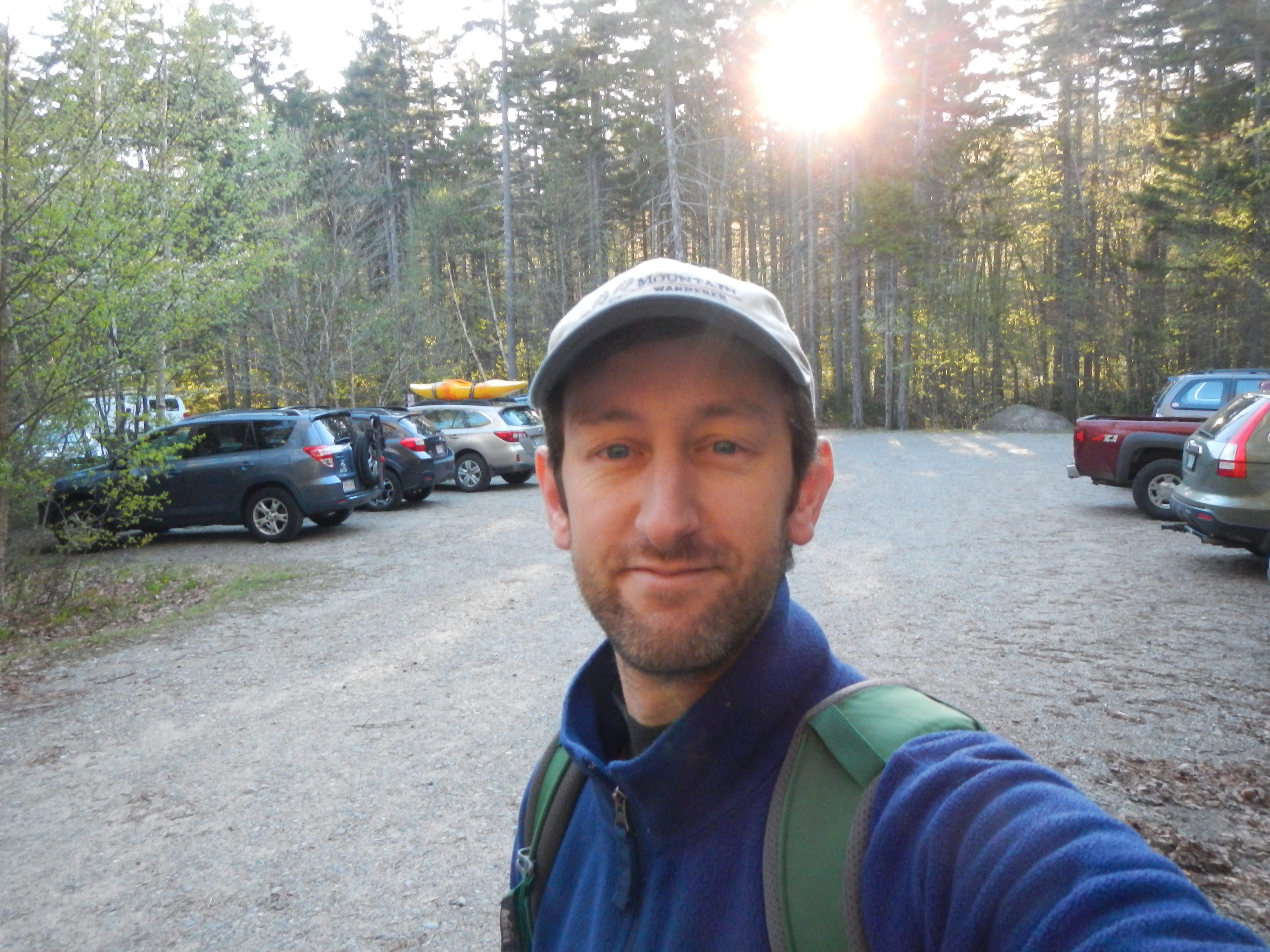
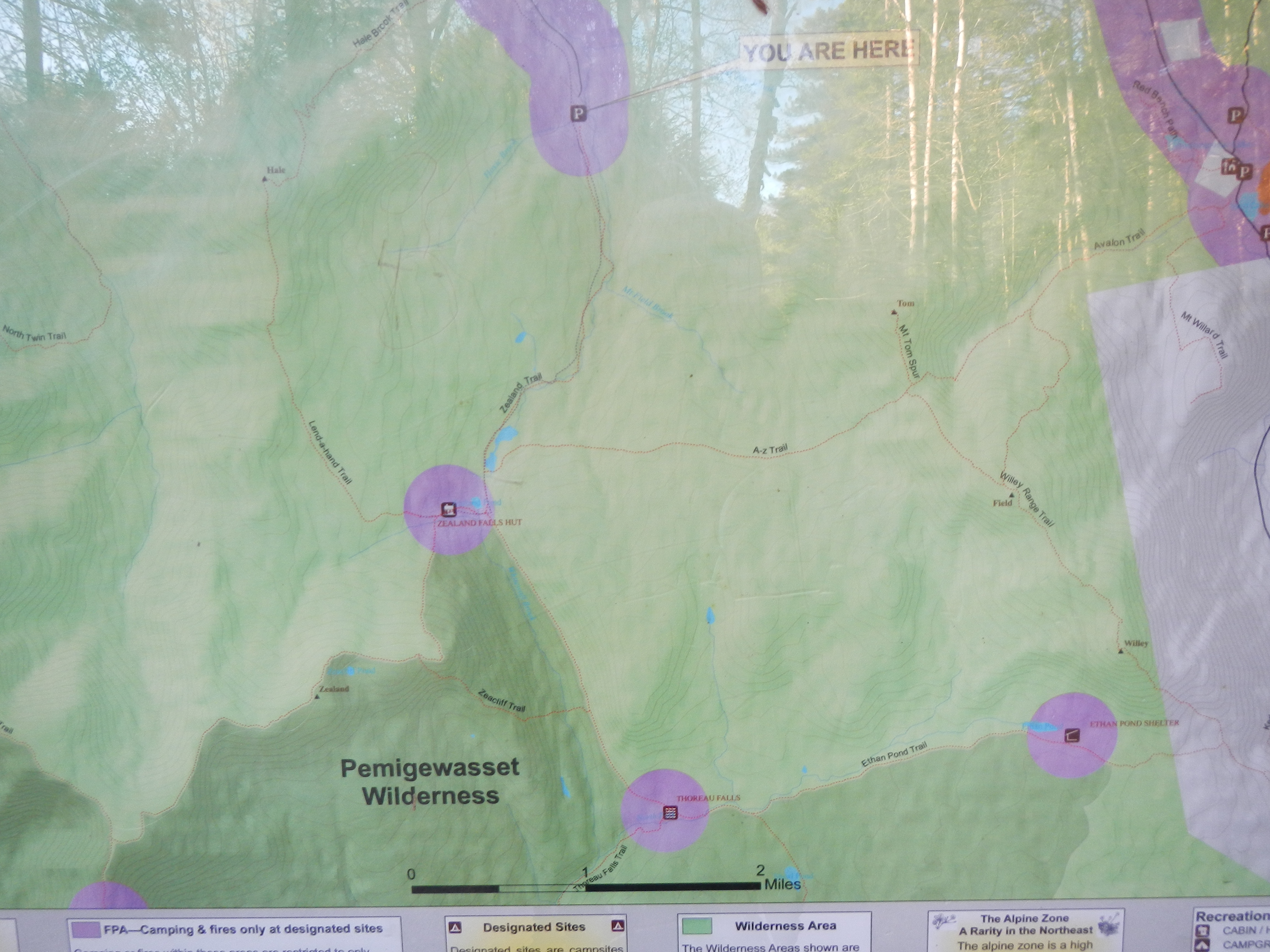
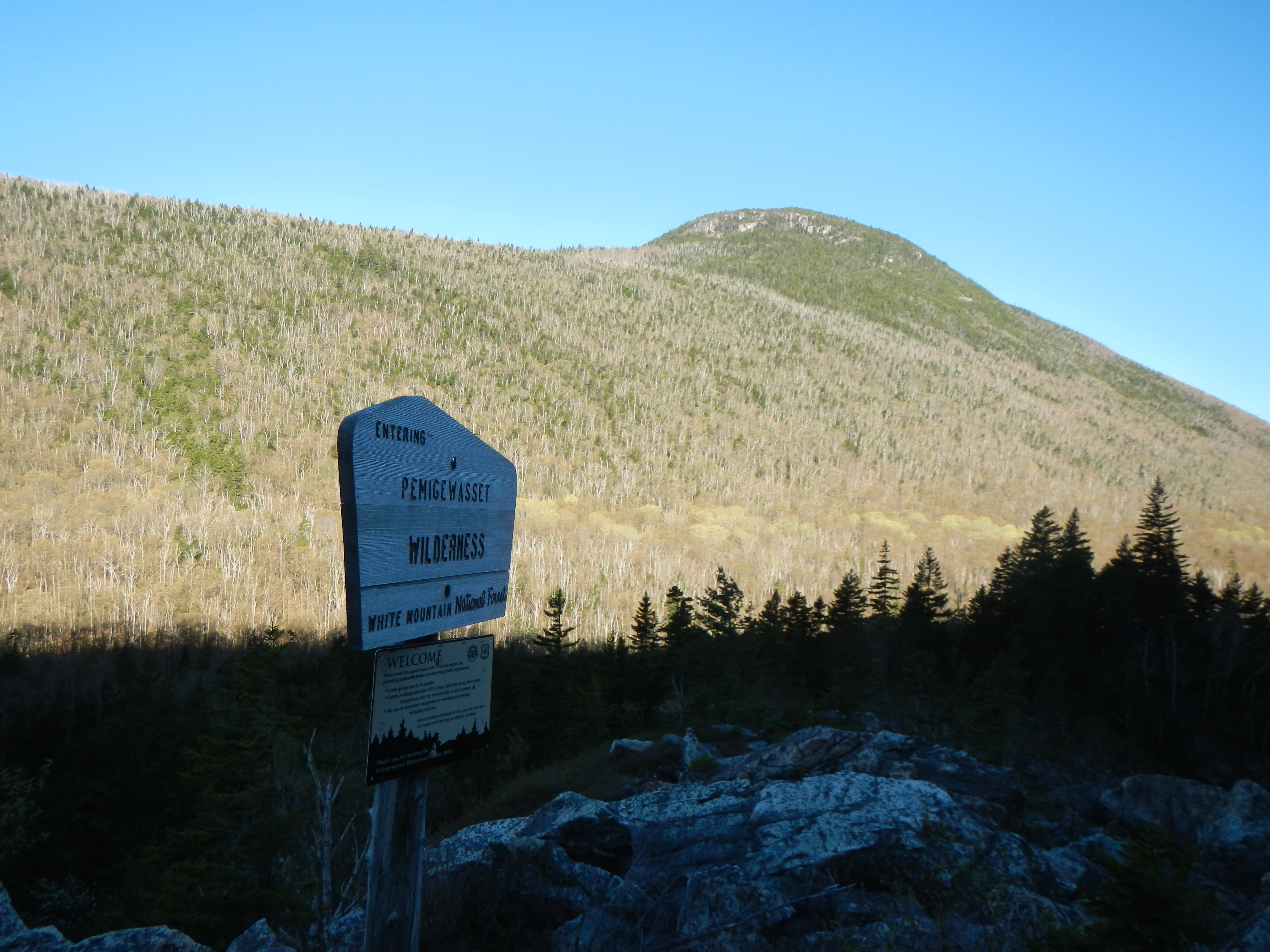
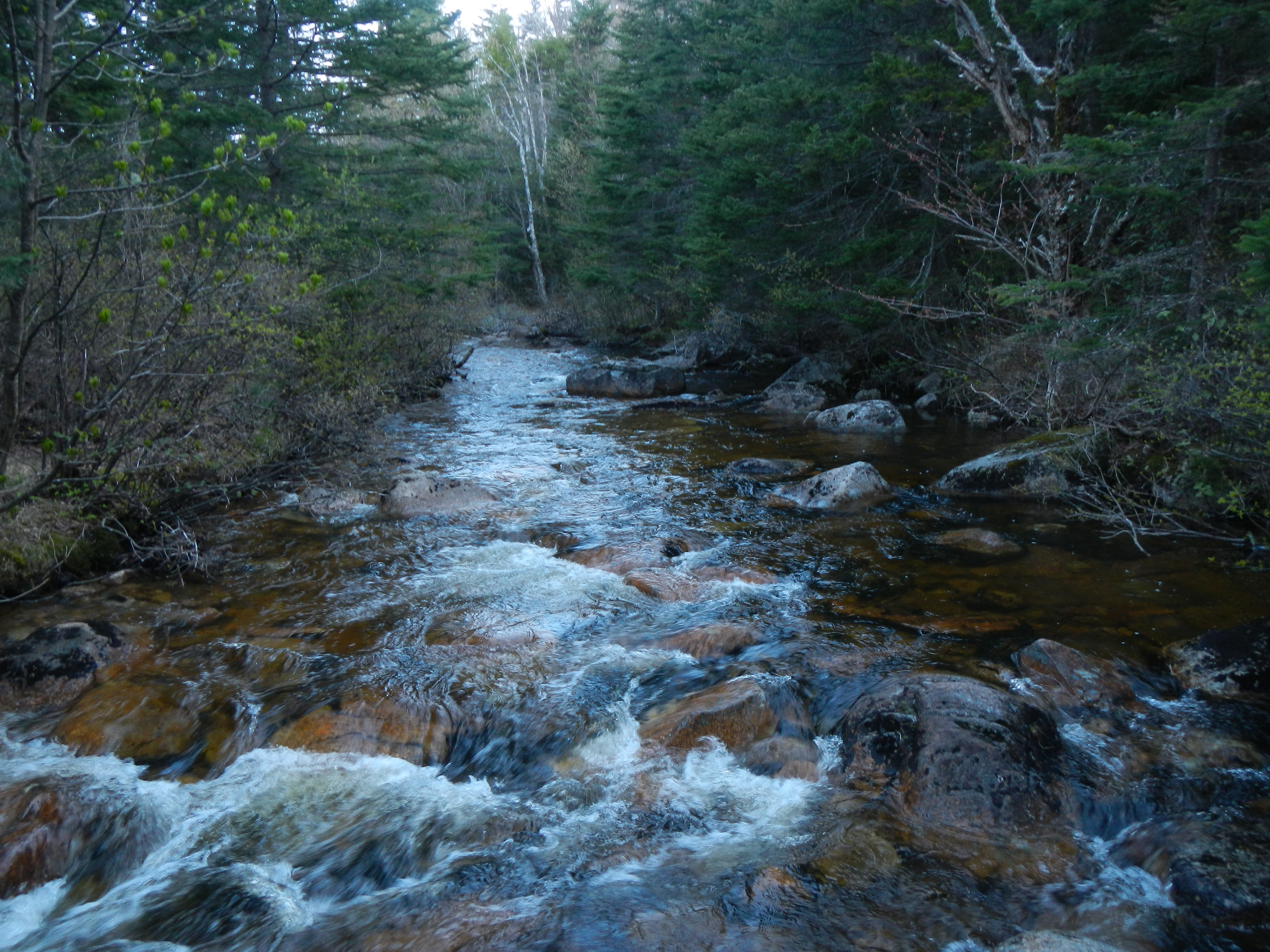
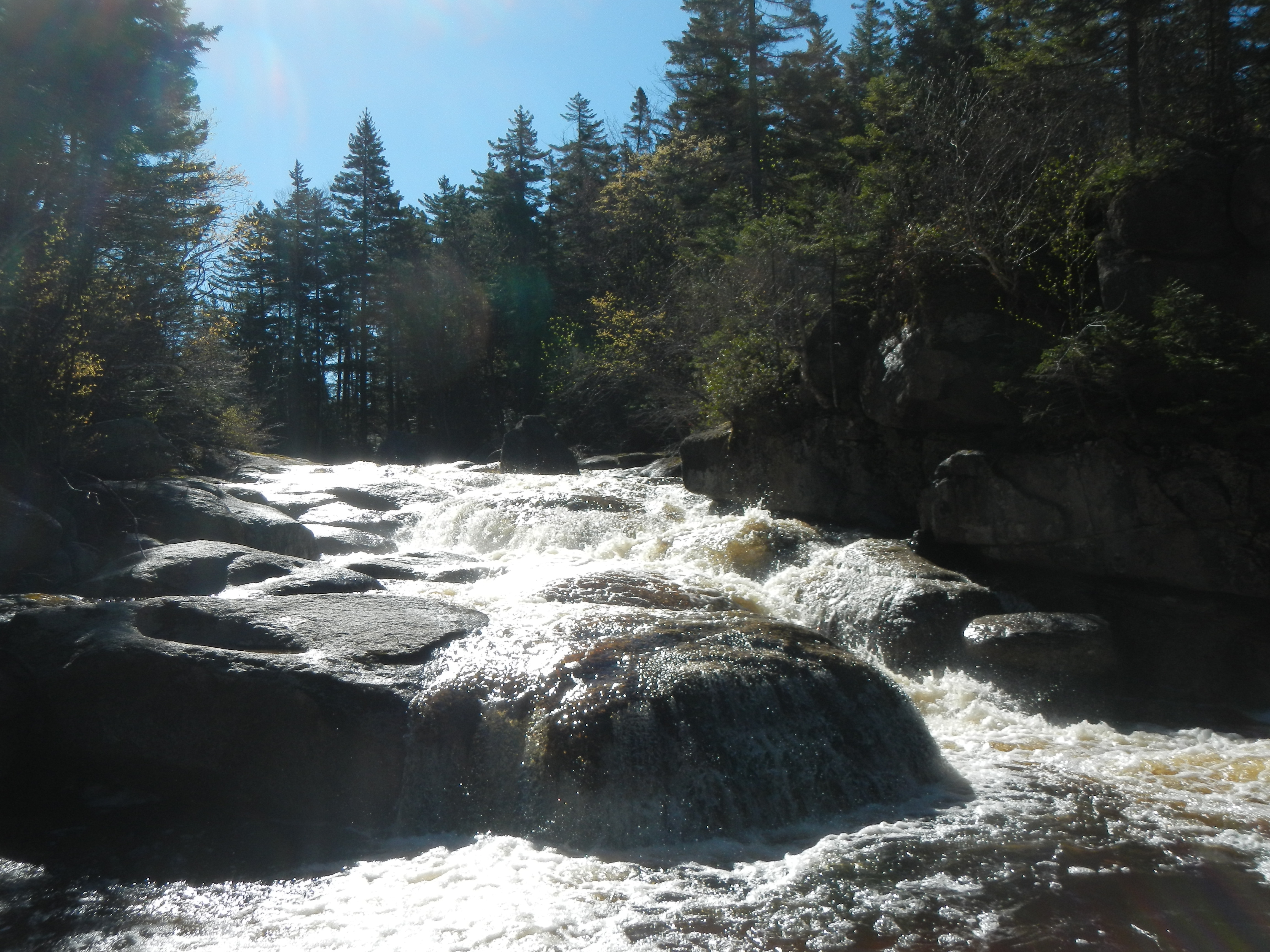
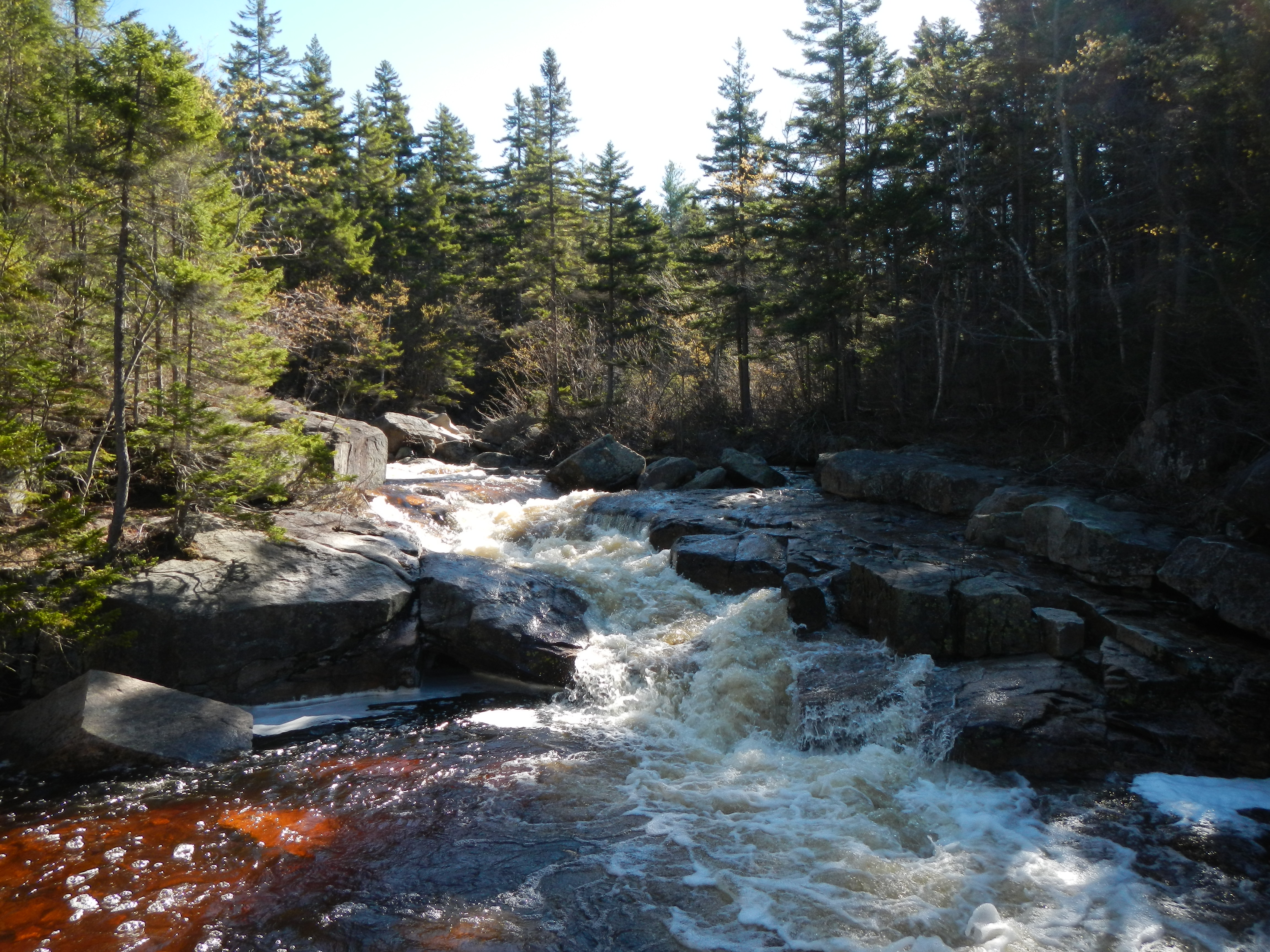
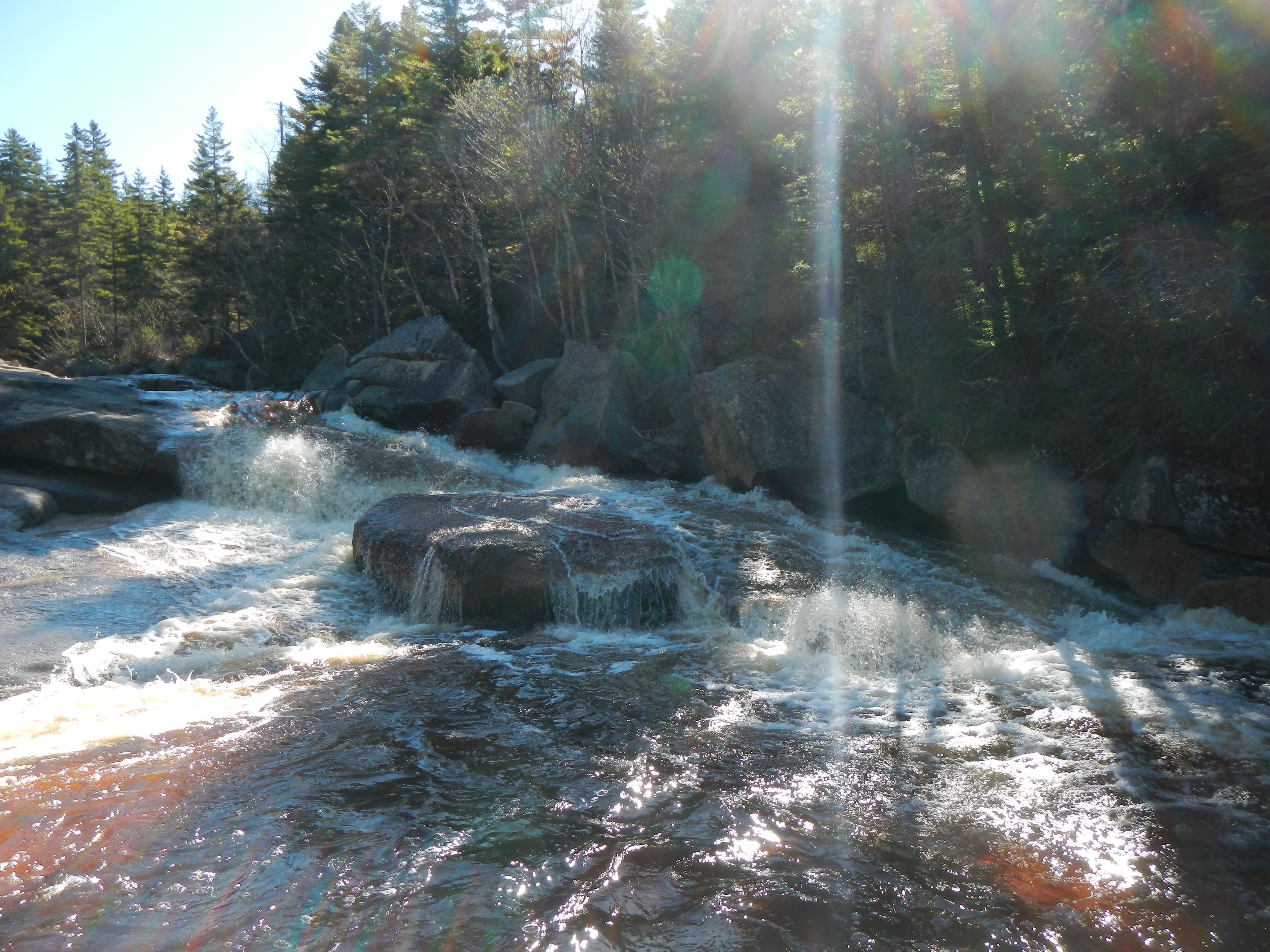
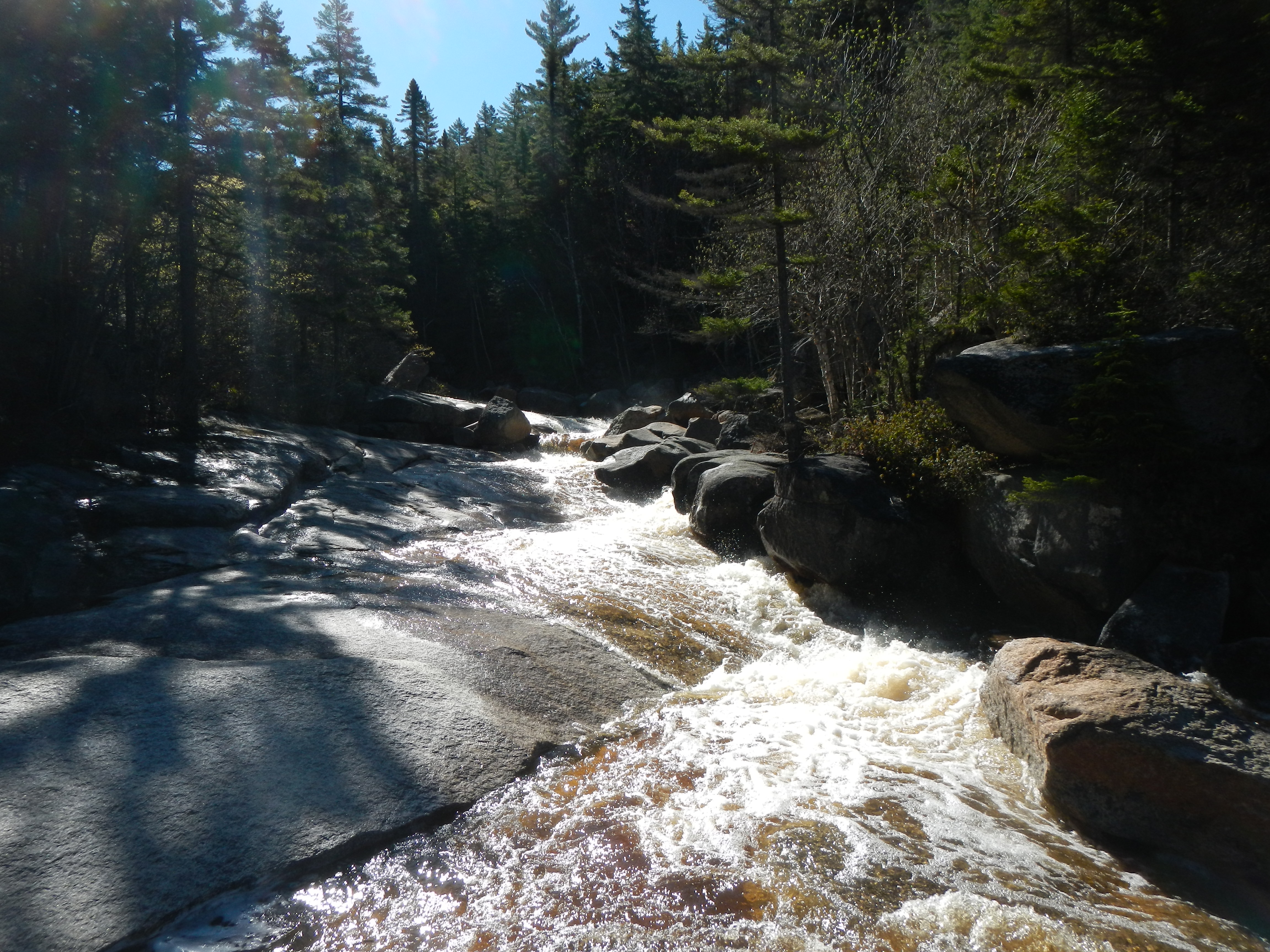 Then there’s the edge of the world:
Then there’s the edge of the world: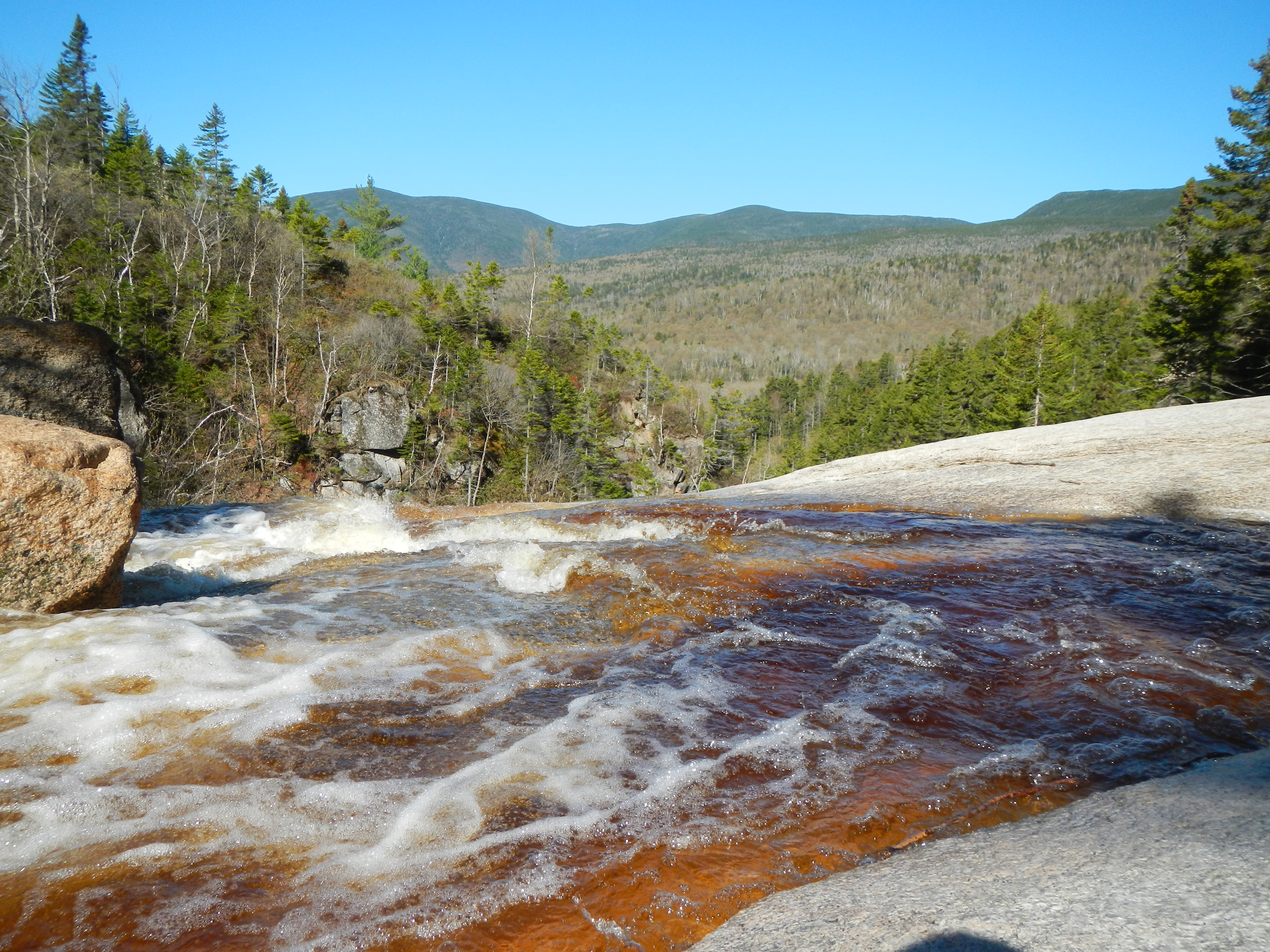

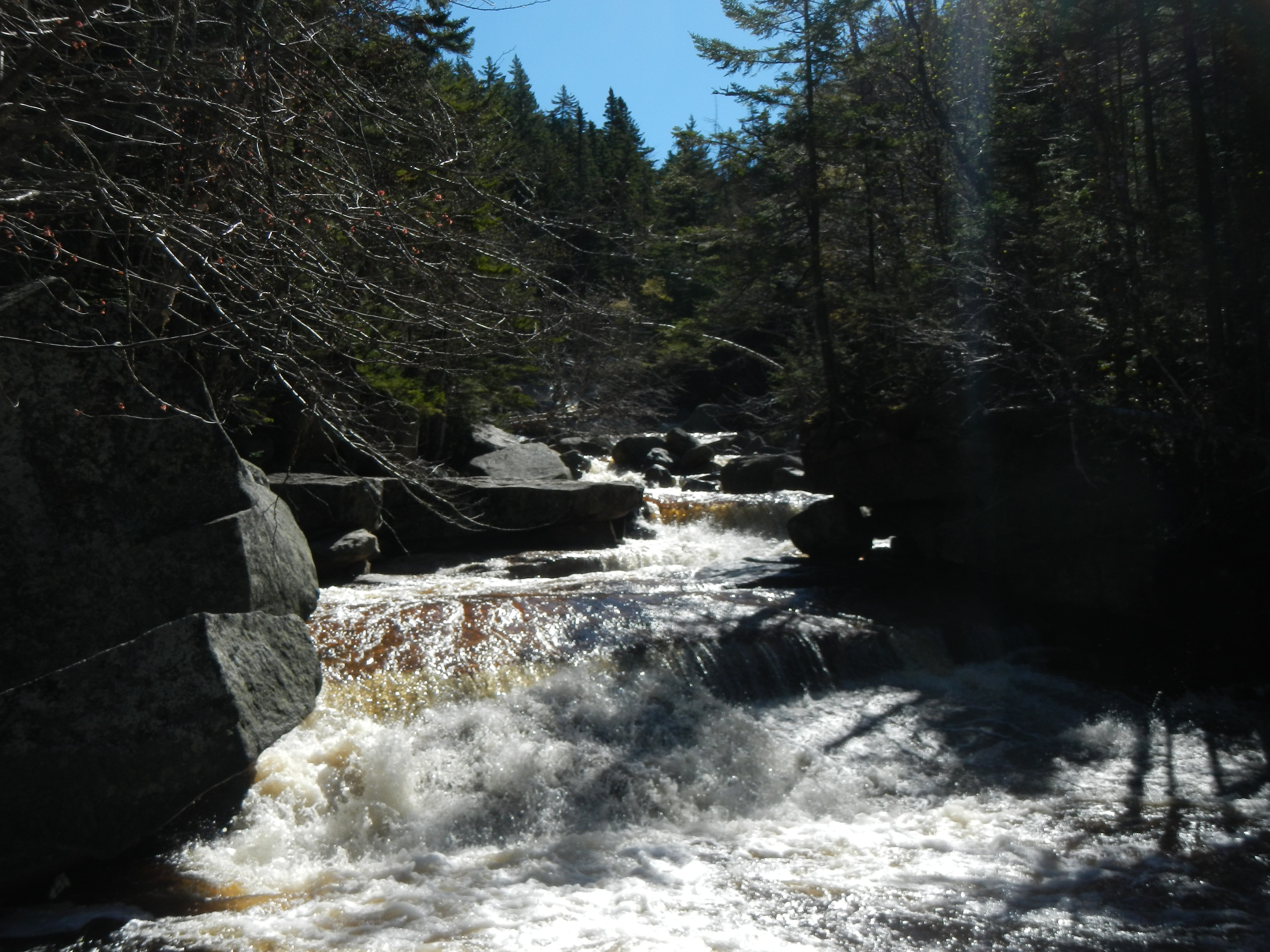
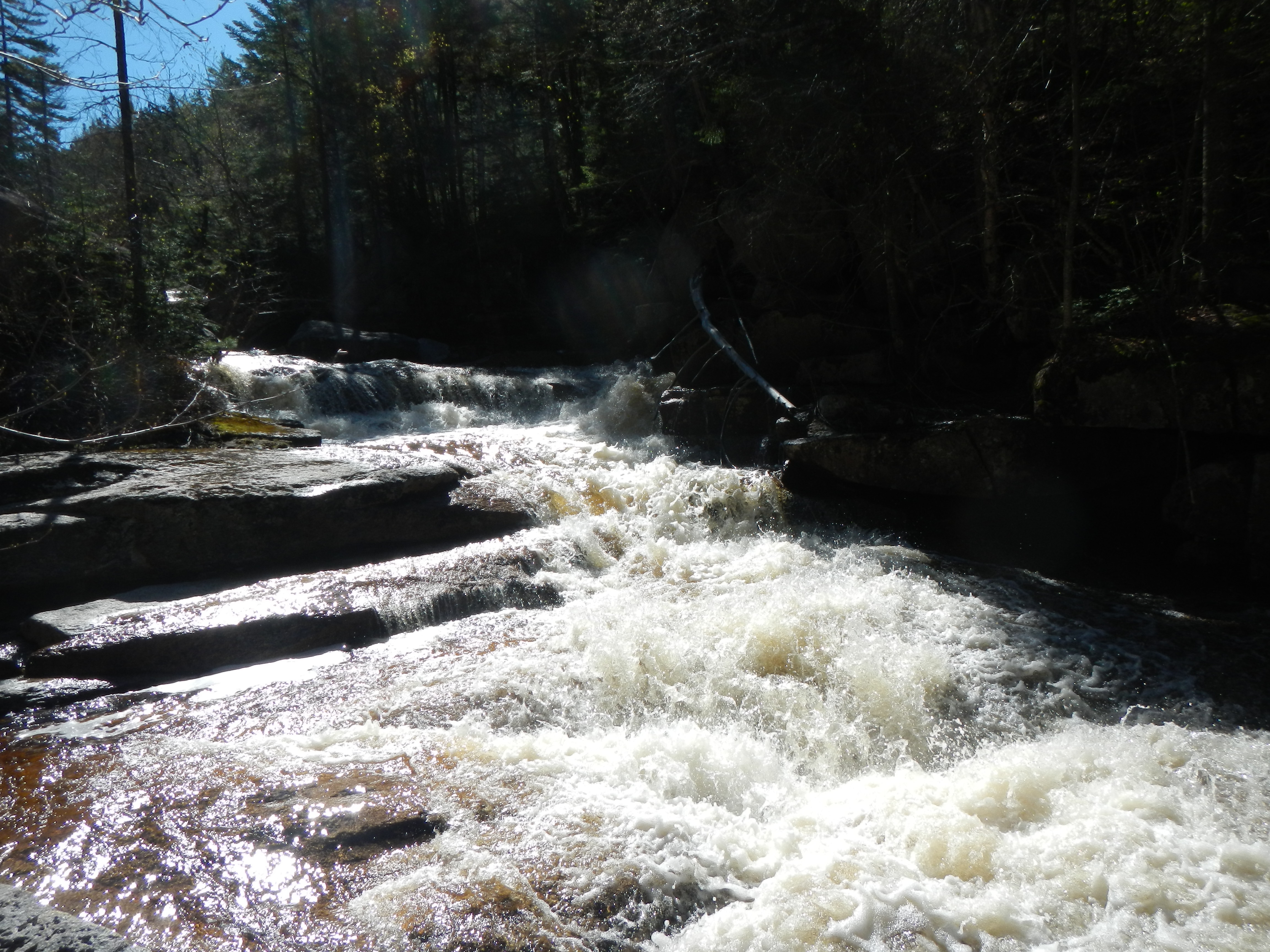
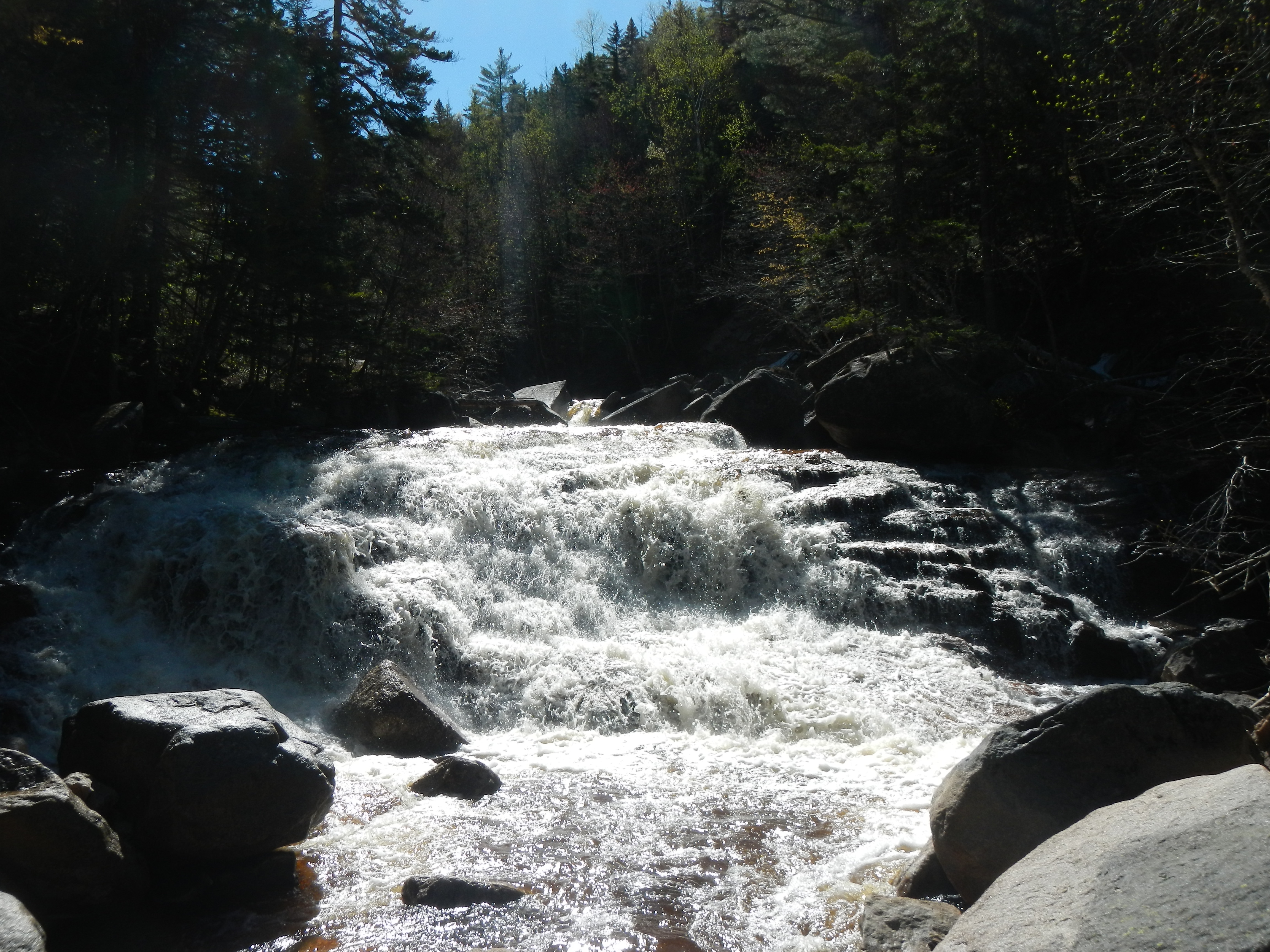 The rapids with boulders in them looked more marginal:
The rapids with boulders in them looked more marginal: